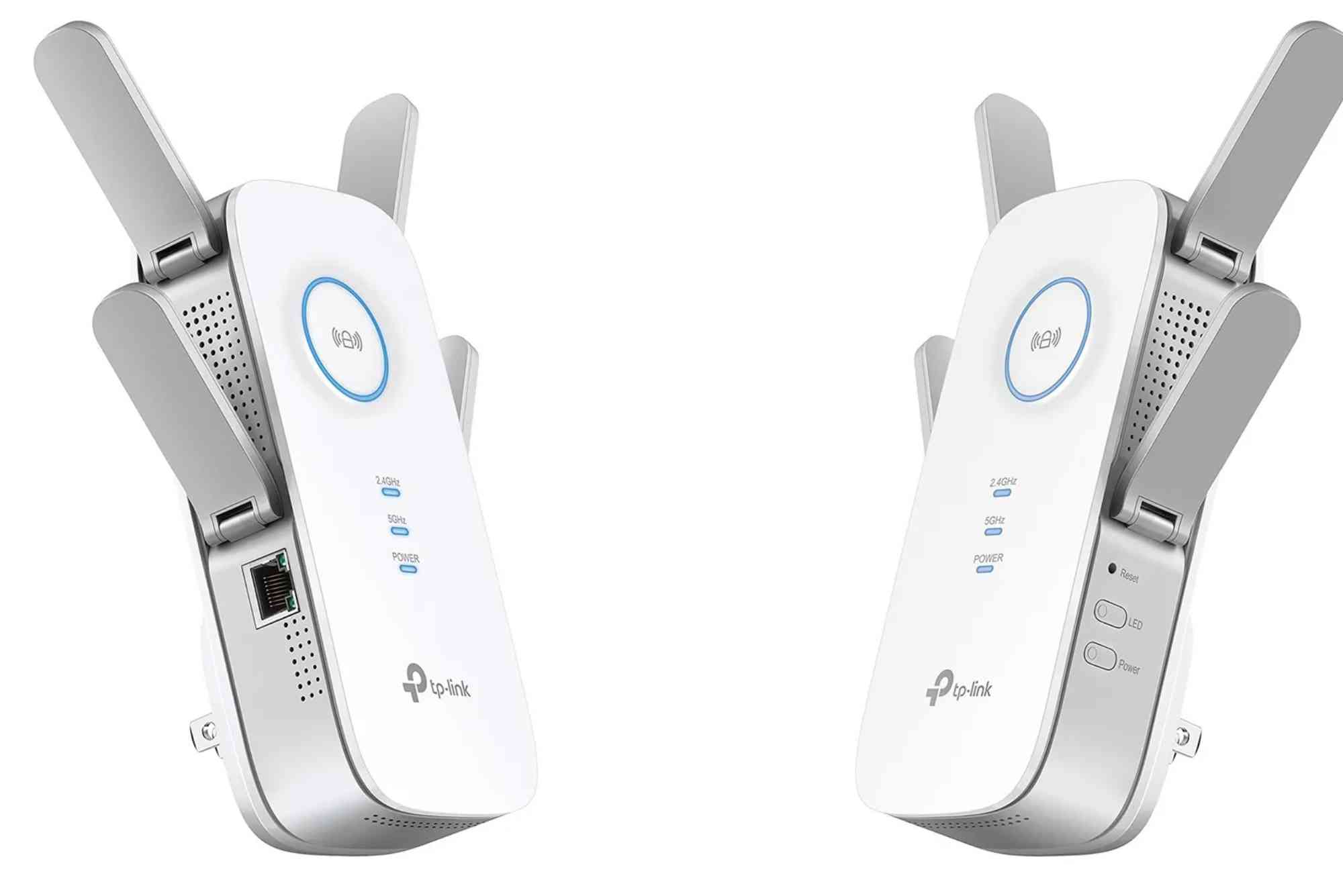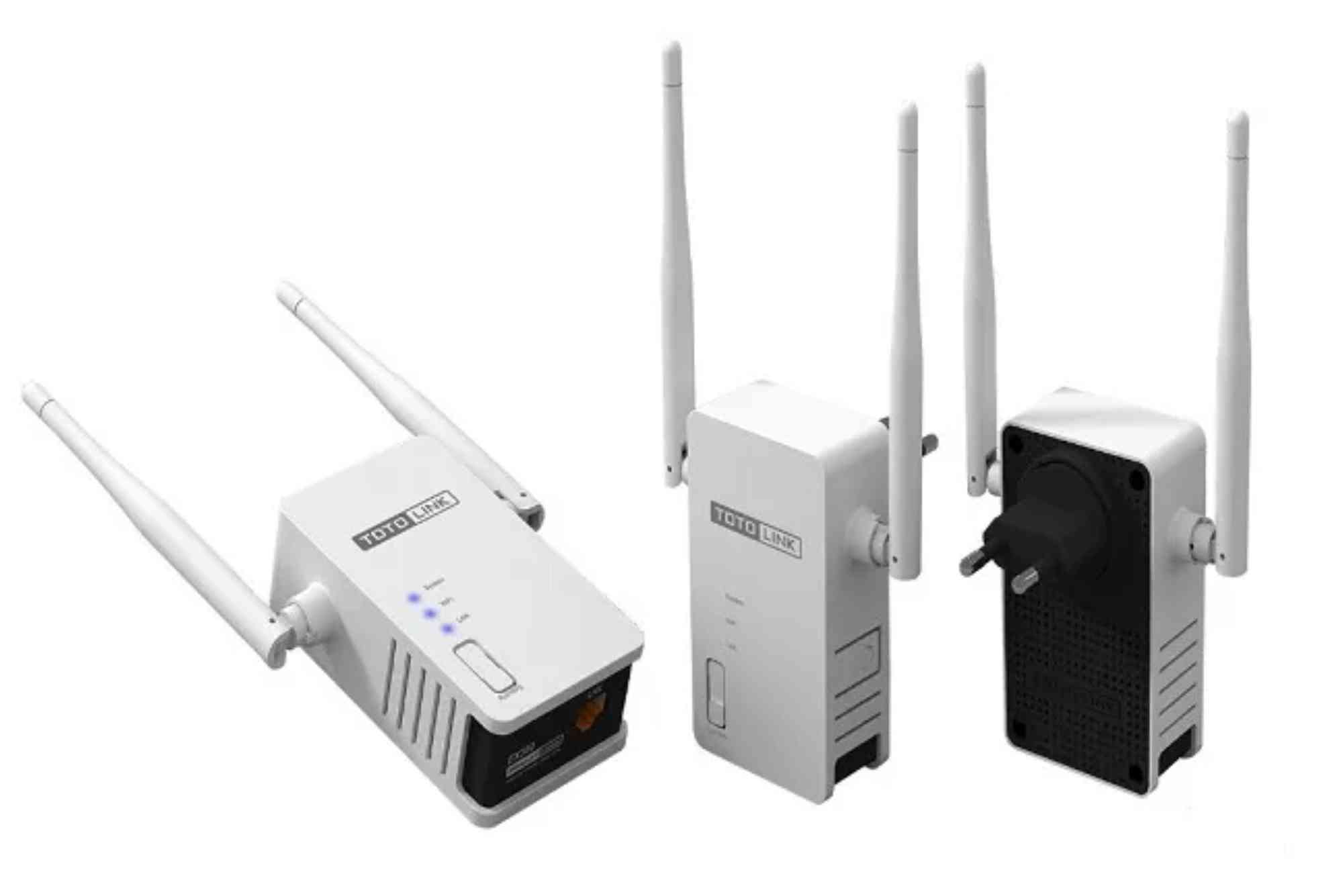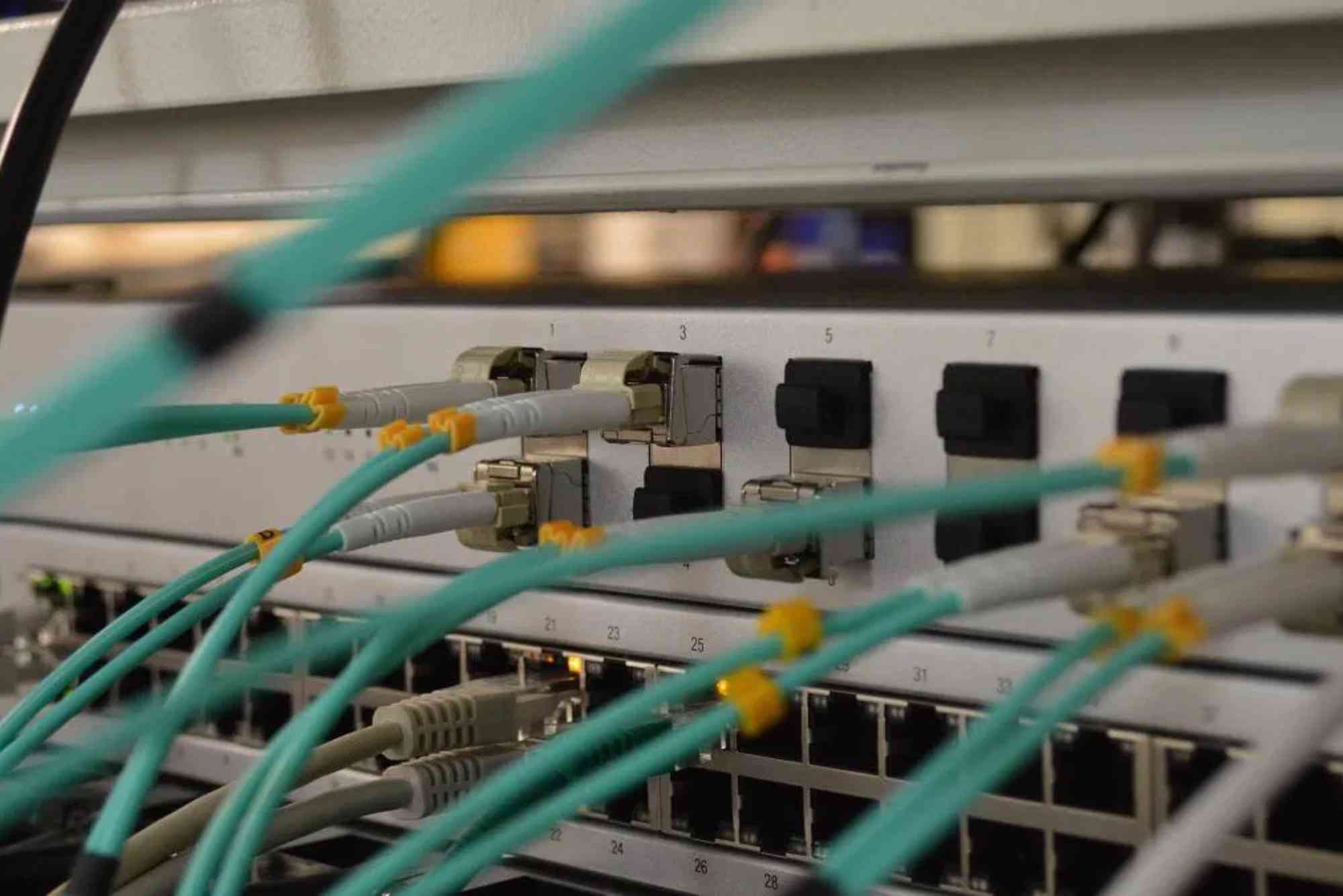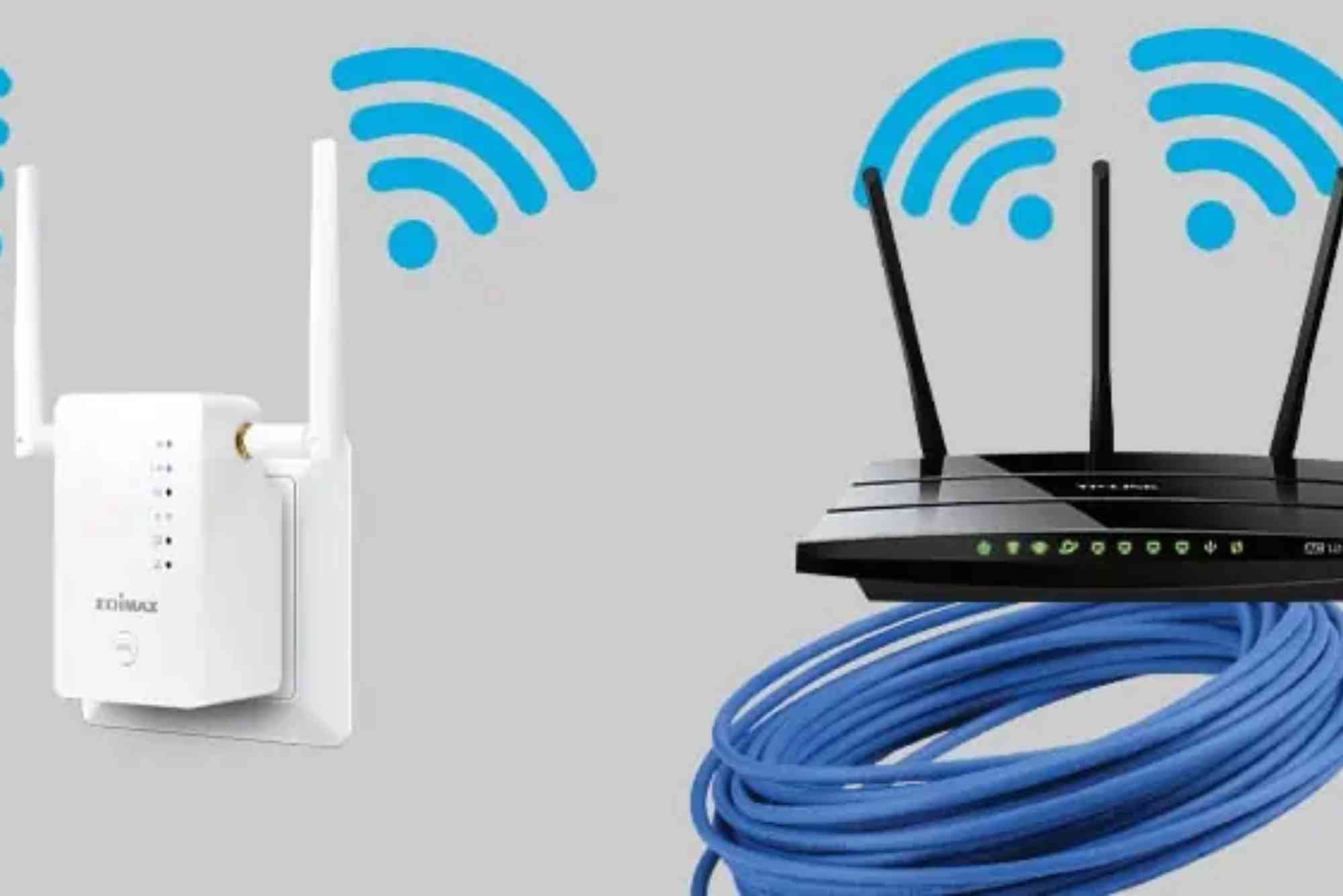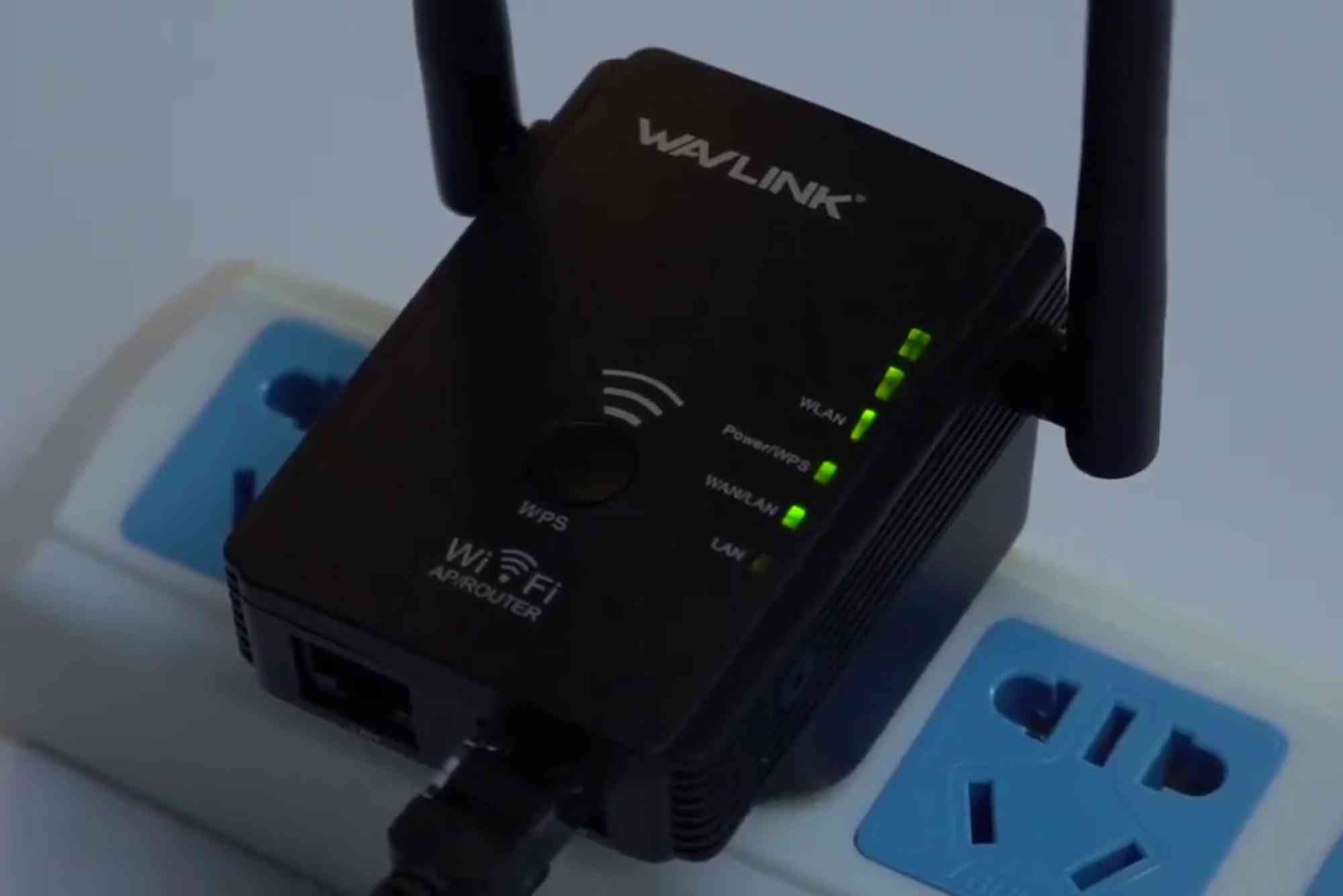Introduction
Wi-Fi has become the backbone of modern living. From streaming movies to working remotely, everything relies on a strong, stable connection. Yet many people struggle with slow speeds or dead zones in their homes. The problem is rarely the internet plan itself; more often, it’s where the router is placed. Proper positioning can dramatically improve speed, coverage, and overall performance. In this guide, we’ll explore expert router placement tips for maximum Wi-Fi coverage, helping you eliminate frustration and unlock the full potential of your connection.
Why Router Placement Matters
Think of your Wi-Fi router as a lighthouse. It sends signals in all directions, but obstacles can block or weaken them. Thick walls, large furniture, and even appliances like microwaves can interfere. When the router sits in a poor location, signals scatter unevenly, leaving some areas with poor coverage. Proper placement ensures your Wi-Fi reaches every corner of your space, reducing lag, buffering, and dropped connections.
Choosing the Best Spot in Your Home
Centralized Location for Balanced Coverage
Placing your router at the center of your home helps distribute signals evenly. A corner location may make sense visually, but it causes unbalanced coverage. By keeping it in the middle, every room has a better chance of receiving strong connectivity. This approach is especially important in multi-level homes, where a central position can reduce coverage gaps upstairs or downstairs.
Elevating the Router for Stronger Signals
Routers perform better when placed higher off the ground. Signals spread outward and slightly downward, meaning a router on the floor wastes valuable coverage. Positioning it on a shelf or mounted on a wall allows signals to travel freely, avoiding interference from furniture. This simple change can make a noticeable difference in coverage strength.
Avoiding Obstacles and Interference
Everyday household items can weaken Wi-Fi. Concrete walls, metal appliances, and even water-filled objects like aquariums absorb signals. Keeping your router away from these barriers ensures stronger performance. Similarly, avoid placing it next to electronic devices like microwaves or cordless phones, which can disrupt signals and cause drops in connectivity.
Optimizing for Different Home Layouts
Open-Plan Homes
In open-plan spaces, signals travel easily, but routers still need strategic placement. A central, elevated position provides broad coverage. Avoid placing the router in a corner or behind decorative panels, as even small obstructions can limit range.
Multi-Level Homes
Two-story or three-story houses present unique challenges. A single router on the ground floor may leave upstairs rooms struggling. In these cases, the best approach is to place the router on the middle floor to balance coverage. For larger homes, adding mesh Wi-Fi systems or extenders can further eliminate dead zones.
Apartments and Small Spaces
In smaller living spaces, placement is still important. Even in a one-bedroom apartment, walls and appliances can cause uneven performance. Positioning the router in the living room, away from corners and close to the center, often ensures better performance in every room.
Fine-Tuning Router Placement with Technology
Understanding Signal Strength
Most smartphones and laptops can measure Wi-Fi strength. Walking around your home while monitoring signal bars provides real-time insight. If you notice dead spots, adjusting the router’s position by just a few feet can often resolve the issue.
Using Wi-Fi Analyzers
Free apps called Wi-Fi analyzers show how signals spread across your home. They can highlight interference from neighboring networks, helping you choose the least congested channel. This improves performance alongside proper placement.
Mesh Systems for Larger Homes
If a single router cannot cover every corner, mesh Wi-Fi systems may be the answer. These devices work together to create seamless coverage across multiple floors or larger spaces. Properly positioning mesh nodes in open areas ensures consistent speeds throughout the home.
Environmental Factors to Consider
Building Materials
Modern homes often contain materials that interfere with Wi-Fi. Brick, concrete, and metal all absorb or block signals. Knowing what your walls are made of helps you position your router more effectively. For example, placing it near doorways can allow signals to travel more freely between rooms.
Household Electronics
Microwaves, baby monitors, and even Bluetooth speakers operate on similar frequencies to Wi-Fi. Keeping your router away from these devices prevents unwanted interference. Even relocating it a few feet further away can make a significant difference.
Furniture and Decor
Large furniture pieces, mirrors, and decorative items can act as barriers. A sofa, for example, may block signals if the router is hidden behind it. While it may be tempting to disguise your router for aesthetic purposes, keeping it visible ensures stronger performance.
Common Mistakes to Avoid
Hiding the Router
Many people tuck their router inside cabinets to keep it out of sight. Unfortunately, this significantly reduces performance. Wi-Fi signals need open air to travel effectively, so always place the device in a visible spot.
Ignoring Height
Placing a router on the floor is one of the most common mistakes. Signals spread best when elevated, so leaving it low to the ground wastes potential coverage.
Placing Near Windows
While windows seem harmless, they actually allow signals to escape outside. A router near a window may give your yard strong coverage while leaving interior rooms weaker. Keeping it closer to the center of your home keeps the signal where you need it most.
Router Placement and Internet Plans
Even the best internet plan struggles when paired with poor placement. A fast fiber connection won’t feel fast if your device receives only half the signal. On the other hand, thoughtful placement ensures you get the most value from your subscription. If you’re considering an upgrade, start by optimizing placement before investing in higher speeds. For reliable service providers and more insights, you can visit Dhanote Internet Services.
FAQs: Router Placement Tips for Maximum Wi-Fi Coverage
Where should I place my router for the best Wi-Fi coverage?
The best spot is a central, elevated location away from thick walls, windows, and household electronics.
Does router height really affect Wi-Fi?
Yes, height matters. Routers spread signals downward and outward, so elevating them improves coverage.
Can furniture block Wi-Fi signals?
Yes, large furniture, especially items with metal or mirrors, can weaken or block signals.
Should I put my router near a window?
Avoid windows, as signals often escape outside, reducing indoor coverage.
How can I improve Wi-Fi in a two-story house?
Place the router on the middle floor or consider using mesh Wi-Fi systems for seamless coverage.
A strong, reliable Wi-Fi connection is essential for modern living, but it depends as much on router placement as on your internet plan. By choosing a central, elevated, and open location, you can unlock better speeds, reduce dead zones, and enjoy a smoother online experience. From avoiding obstacles to considering building materials, every small adjustment adds up to stronger connectivity.

